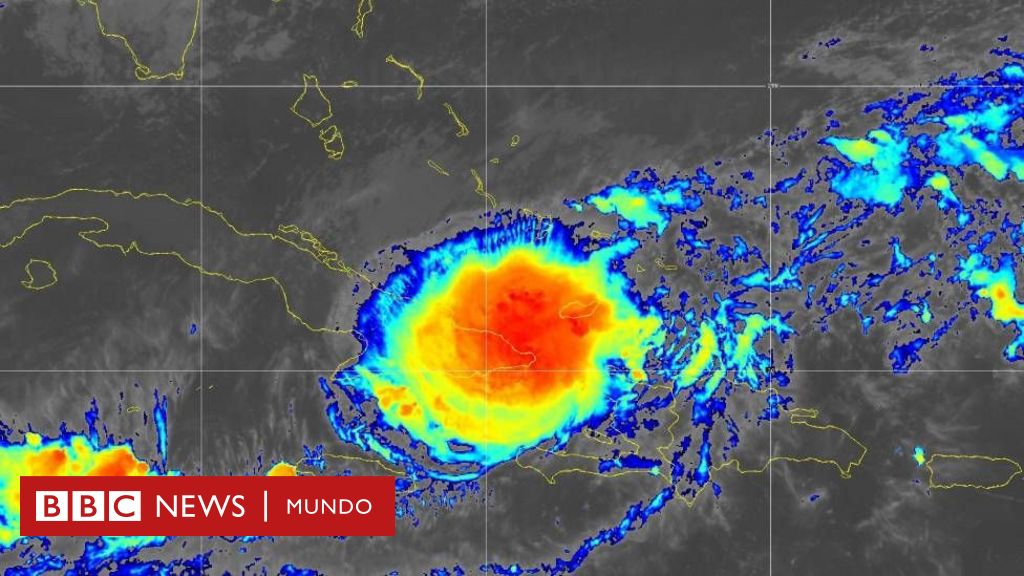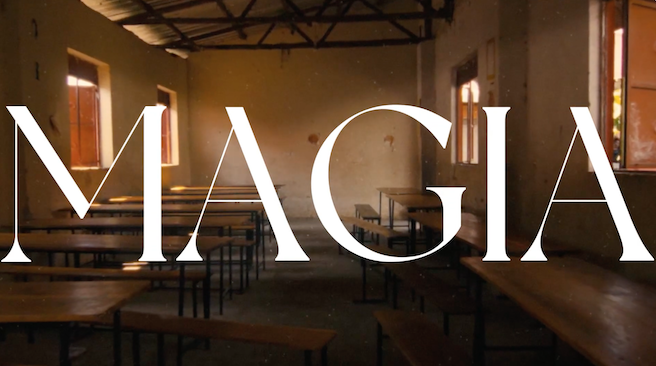The science of Galician soup. by Deborah Garcia

Most typical dishes are designed to eliminate the overproduction of certain foods. Some are typical at a specific time of the year and vary greatly between neighboring regions. This generally coincides with the optimal harvest periods, which in turn depend on the weather. Such is the case of Galician soup, The typical dish of Entroido, the Galician carnival It is celebrated between the end of February and the beginning of March. It coincides with the turnip peak season, and ends before the plant begins flowering.
Galician soup contains chickpeas, potatoes, chorizo, cured meats, and vegetables. Depending on the region of Galicia, the meat varies. The protagonist is pork, especially pork shoulder and offal (ear, snout…), although in some places it is common to incorporate veal or chicken at the end of cooking. The traditional vegetable is turnip greens, but there are also preparations with cabbage and cabbage.
Grillo is a turnip sprout. It is planted in the summer and harvested in the winter, which is why the cooking season begins in the new year. The first leaves that appear as the plant grows are called turnip greens, not turnip tops. Turnip green is edible, it is very tender, but less flavorful than green turnip. They differ in appearance because they lack the characteristic stems of turnip greens.
Turnip greens appear when winter reaches its lowest temperatures. This is the moment when the plant releases its magnificent mane in the wind. If you wait too long to collect them, the tops of the turnip will begin to open and small yellow flowers appear. When this happens, we Galicians say that turnip greens are “grelados.”Which has been translated into culinary parlance to mean that it is no longer edible: The stems become very woody It does not soften even with hours upon hours of cooking. This happens when temperatures begin to drop, coinciding with the time of Entroido. That is why it is a typical dish for this celebration, because It is a way of releasing food that would otherwise be wasted..
The preparation of Galician soup begins at least a day in advance, which is why it requires foresight, reinforcing the concept that Galicians have of this meal as a ritual. The day before, you have to boil the turnip and leave the cured meats and chickpeas to marinate. The reason for these preparations is in chemistry.
Boil vegetables It consists of cooking it for five minutes. Then it is cooled under a stream of cold water to stop the cooking. In this way, the vegetables are thoroughly cleaned and a series of enzymatic reactions that ultimately lead to the appearance of undesirable odors, loss of vitamin C and discoloration are prevented. Swiss chard stabilizes the green color of vegetables by activating chlorophyll, shortens cooking time for the next day and strengthens texture by activating pectin methylesterase, an enzyme that catalyzes the conversion of pectin into pectin acids that react with calcium and increase its structural rigidity. Boiling also serves as a method of preservation. It’s the necessary prior step to keeping turnips in the freezer.
Chickpeas are left to soak the day before osmosis occurs. Osmosis means that water diffuses through the cell walls of legumes and enters their cells. Because cell walls are semi-permeable, they allow water to pass through, but not other substances in which it might dissolve. This process is automatic, because the concentration inside and outside the pulse cells tends to balance. This is why soaked chickpeas contain water and It swells to two or three times its size.
Salted meats, such as shoulder, ear, nose, or rib, are marinated to remove excess salt. The scientific name for desalination is solid-liquid extraction.. Common salt is a crystal of sodium chloride. Upon soaking, the salt transfers to the water and dissolves in its ions, sodium cations, and chloride anions. In addition, the loss of salt involves the dissolution of part of the muscular system of the meat, so water-soluble proteins are also transported.
You should start early in the day you are taking the cocido. The first thing Pre-cook sweetened meat. Fill the saucepan with water, add the cold meat and wait until it begins to boil. This process occurs at 100 ° C, which is the temperature at which water begins to boil. If a pressure cooker is used (highly recommended for this recipe, as cooking times are shortened without affecting the result), it will happen faster and also the temperature the water reaches when boiling is slightly higher.
With cooking, the meat changes color, becomes dull, but never browns. The reason is that the chemical reactions that occur vary depending on the temperature that is reached. From 200°C various chemical reactions called Maillard reactions take place. Since these temperatures are not reached during cooking, these reactions do not occur and therefore the meat does not turn brown.
Once the water begins to boil, reduce the heat and add the chickpeas, chorizo, and turnip greens. In a pressure cooker let them boil for half an hour. All water-soluble compounds will gradually dissolve and pass into the water. Again this process is extraction. While the meat is cooking, the fat is released, but Since fats are insoluble in water and are also less dense, they move to the top forming an immiscible layer with the rest of the water.
After half an hour we reduce the heat and add the potatoes. The broth is tasted to correct the degree of salt and left to boil for another half hour. From a chemical point of view, potatoes undergo a series of changes. The main component of potatoes is starch, a carbohydrate formed by the union of two monosaccharides: amylose and amylopectin. During cooking, the potatoes absorb water, which leads to an increase in the size of the starch grains by about a hundred times. With heat, the arrangement of the amylose and amylopectin molecules in the granules breaks down and small molecules of amylose escape from the interior. This mesh, which traps water molecules and starch granules, forms a sticky paste that results in the characteristic texture of cooked potatoes. This chemical process is called gelatinization. ready. Soup is ready to serve.
Something always happens when you leave it cooked The next day the broth acquires a viscous consistency, like a gel. This is due to the collagen in meat. It’s normal, nothing went wrong. Collagen is a water-soluble protein that is responsible for tightening the skin and is found in abundance in cartilage and bone. When collagen cools, it is able to form a net-like framework that is responsible for the gelatinous appearance of the broth. Once heated again, this mesh frame will lose stability and will regain its original liquid texture.
It’s good to know that all these chemical reactions are now taking place in thousands of Galician homes and restaurants. Science offers a fascinating description that allows glorifying the importance of tradition, even if it is possible.

“Award-winning zombie scholar. Music practitioner. Food expert. Troublemaker.”


/cloudfront-eu-central-1.images.arcpublishing.com/prisa/AHVYMMDSTZDTDBFNZ3LMFUOKNE.jpg)








